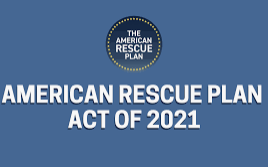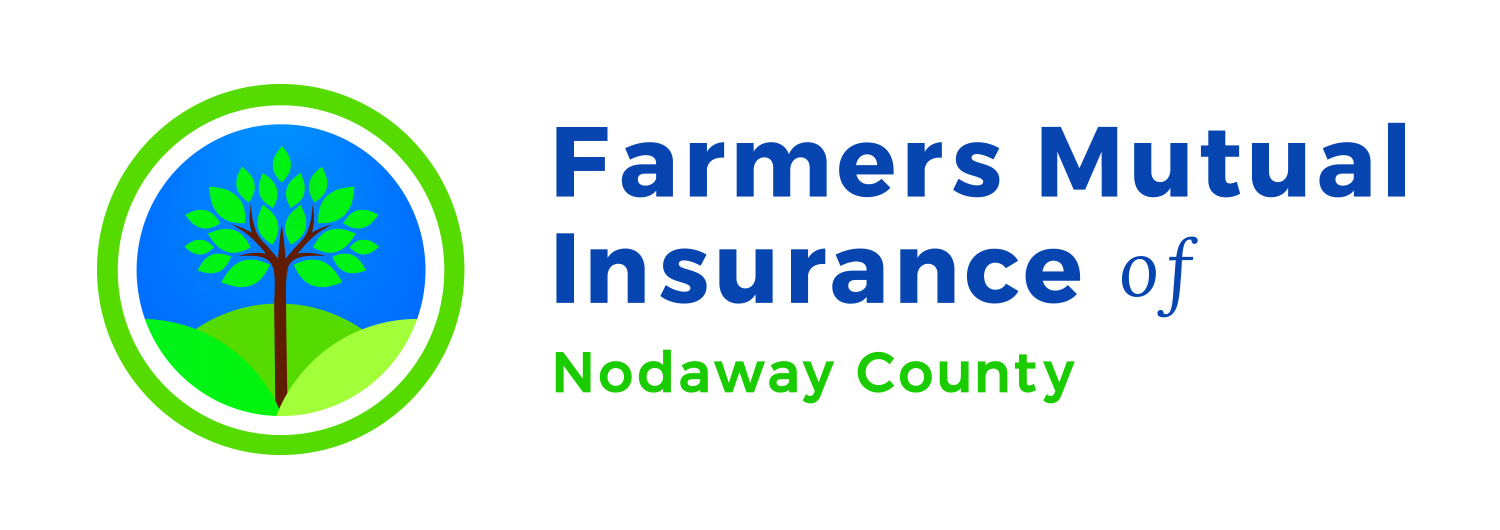 Nodaway County is set to receive $4,284,607 from the American Rescue Plan Act of 2021.
Nodaway County is set to receive $4,284,607 from the American Rescue Plan Act of 2021.
The cities in the county will also receive funds based on the modified CBDG allocation formula. The amounts for each county town: Arkoe, $11,788.01; Barnard, $36,469.16; Burlington Jct., $88,594.26; Clearmont, $28,549.09; Clyde, $14,550.83; Conception Jct., $33,522.15; Elmo, $27,628.15; Graham, $28,549.09; Guilford, $13,445.70; Hopkins, $87,673.33; Maryville, $2,136,392.65; Parnell, $31,496.09; Pickering, $26,154.65; Ravenwood, $73,859.25 and Skidmore, $47,336.23.
The guidelines are still being discussed by Nodaway County officials and attorney but included are some of the initial areas the funds may be used for and the guidelines for spending according to the National Association of Counties (NACO).
These are the allowable uses for the federal funds:
• Respond to or mitigate the public health emergency with respect to the COVID-19 emergency or its negative economic impacts, including assistance to households, small businesses and nonprofits, or aid to impacted industries such as tourism, travel, and hospitality. These examples are intended to clarify congressional intent that these activities are eligible. However, state and local activities are not limited only to these activities.
• Provide government services to the extent of the reduction in revenue, such as online, property or income tax due to the public health emergency.
• Make necessary investments in water, sewer or broadband infrastructure.
• State and local governments can transfer the funds to a private nonprofit organization, a public benefit corporation involved in the transportation of passengers or cargo or a special-purpose unit of state or local government.
• Respond to workers performing essential work during the COVID-19 public health emergency by providing premium pay to eligible workers of the county that are performing such essential work, or by providing grants to eligible employers that have eligible workers who perform essential work. Premium pay is defined as an additional amount up to $13 per hour that is paid to an eligible worker for work during the COVID-19 pandemic. The law imposes a cap of $25,000 for any single eligible worker.
Collector Treasurer Marilyn Jenkins, who is taking the lead on administering these funds, notes there are certain guardrails for recovery funds:
• States are not allowed to use the funds to either directly or indirectly offset a reduction in the net tax revenue that results from a change in law, regulation or administrative interpretation during the covered period that reduces any tax. If a state violates this provision, it will be required to repay the amount of the applicable reduction to net tax revenue.
• No funds shall be deposited into any pension fund.
• Any local government, including counties, that fail to comply with the federal law and related guidelines shall be required to repay the federal treasury.
Jenkins has also learned the deadline to spend funds is December 31, 2024. The U.S. Treasury is required to pay the first portion to counties not later than 60 days after enactment, and second payment no earlier than 12 months after the first payment.
The law provides an additional $77 million for the Government Accountability Office and $40 million for the Pandemic Response and Accountability Committee for oversight and to promote transparency and accountability.
There are strict reporting requirements for governmental entities:
• Local governments, including counties, are required to provide periodic reports providing a detailed accounting of the use of funds.
• If a state, county or municipality does not comply with any provision of this bill, they are required to repay the US Treasury an equal amount to the funds used in violation.
• States are required to report how funds are used and how their tax revenue was modified during the time that funds were spent during the covered period that begins on March 3 and ends on the last day of the fiscal year that a state or local government has expended or returned all funds to the US Treasury.
“In the coming weeks, we hope to have more guidance on how we can help Nodaway County with the use of these funds,” said Jenkins.




Facebook Comments